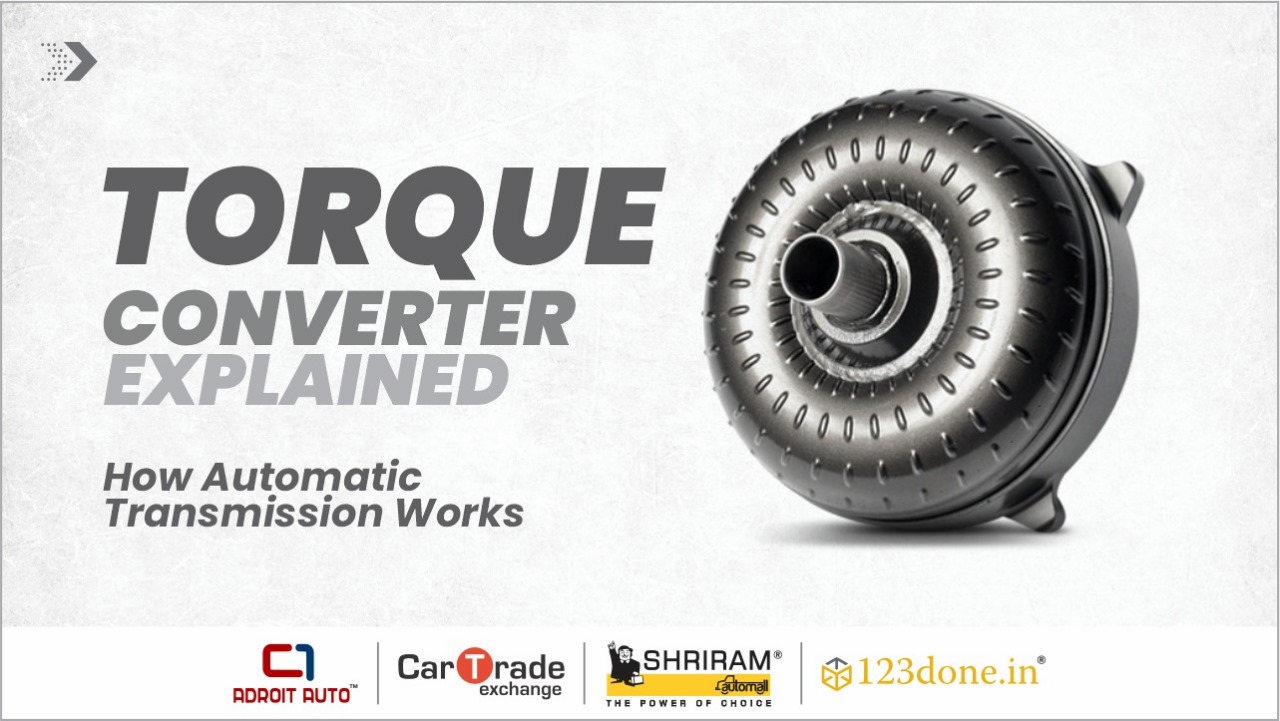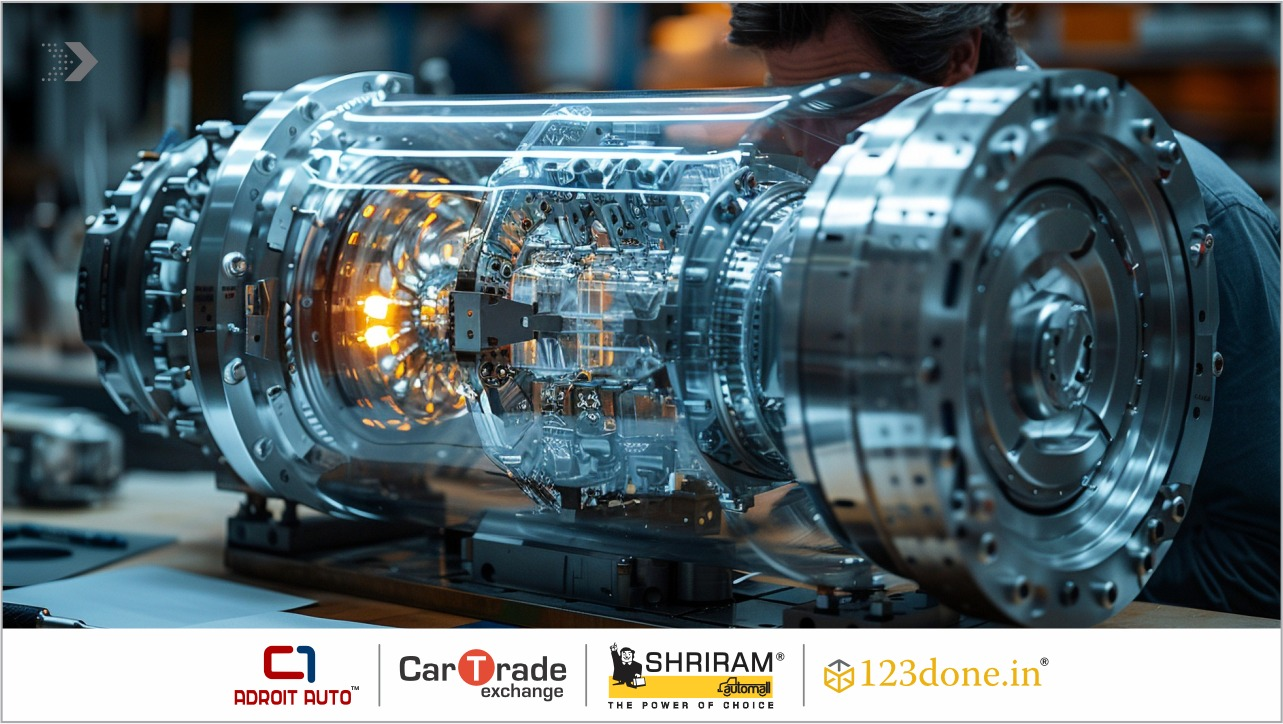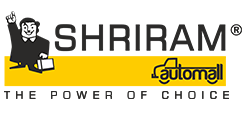Torque Converter Explained: How Automatic Transmission Works

Do you have any idea why your vehicle’s transmission is so smooth? Well, this is due to torque converter! Using a fluid coupling, and planetary gears, a torque converter allows the car engine to keep running even when the car comes to a stop. For automatic cars, torque converter does what a manual clutch and gear does in a manual car. This is done using an automatic transmission and a clutch to reduce energy loses within the coupling fluid. These technical terms so far are difficult to understand, and we are going to help you get a better understanding of it and how a torque converter works.
This guide will further explain torque converter in detail and how automatic transmission work. Keep reading ahead.
What is Torque Converter?
Torque converter or torque converter automatic is a kind of automatic transmission for giving the engine power to the transmission rather than the clutch. It uses a coupling fluid to transmit power and for a smooth working. This fluid also helps seamless gear changes and preventing the vehicle from getting stalled. A torque converter or TC is a clutch which doesn’t need a clutch pad for operating. Torque converter sometimes is also referred as torque converter automatic.

Torque converter consists of impeller, i.e. pump, turbine, and stator. With the help of planetary gears and transmission fluid, it powers the vehicle with torque multiplication. Torque converter is very durable for heavy loads and enhanced performance.
How Automatic Transmission Works
Using the hydraulic action of transmission fluid and coupling fluid to transfer power from an engine to automatic transmission, torque converter is used. Automatic transmission is used to keep the engine running even when the vehicle stops by using the torque converter. Three major components of a torque converter are used for automatic transmission, i.e. Impeller, turbine, and stator. The engine spins impeller which then sends fluid to the turbine causing the transmission to spin and move the vehicle forward.
Components of a Torque Converter
The torque converter uses automatic transmission for its working. There is an intrinsic technology that makes the torque converters work so seamlessly and efficiently. Let us have a look at how a torque converter works:
Impeller
There is a wheel known as impeller or pump which is connected to the engine’s crankshaft. When the engine runs, the wheel or as we call it, the impeller spins pushing the transmission fluid outward due to centrifugal force.
Turbine
The fluid present is the impeller, known as transmission fluid strikes the turbine which makes it rotate. That turbine which is connected to the transmission’s input shaft powers the wheels by giving it sufficient power.
Coupling Fluid
Acting as the intermediary, the coupling fluid acts as a mediator between the engine and transmission allowing a smooth and continuous flow of power from the engine to the transmission.
Stator
Stator is the main component of a torque converter which is present between the impeller and the turbine. The fluid which returns from the turbine is redirected by the stator back to the impeller for increasing the torque. This powers torque multiplication which provides greater rotational force to the transmission especially when you start the vehicle’s engine.
Lockup Clutch
For increasing the fuel efficiency, a lockup clutch is used. The lockup clutch mechanically connects the impeller and turbine together to eliminate any spillage caused by the coupling fluid and for efficient power transfer.
How a Torque Converter Works
Imagine that there are two fans, one fan is connected to the power source and the other is not. When the one which is powered spins, the air generated from that fan helps the other fan to move as well. The air from the powered fan strikes the blades of the other helping it rotate and move at the same speed as well. When the second fan is stopped, it doesn’t stop the first one, and it keeps rotating.
The same principle works in a torque converter as well. The pump or impeller acts as the first fan while the turbine acts as the second. The second fan is connected to the transmission system while the first one to the engine. The impeller runs when the engine starts working and due to the centrifugal force, transmission fluid heads toward the turbine. As the fluid hits the turbine, it starts rotating making the whole transmission system to rotate. This powers the wheels and allows the vehicle to move. Now, when the engine stops, turbine also stops rotating but the impeller keeps moving.

Conclusion
If the vehicle is equipped with an automatic transmission, the torque converter is used for powering the vehicle. It is like an unsung hero of our vehicle’s automatic transmission system acting as a middleman between the engine and transmission. Torque converter ensures that we get a smooth and serene ride in our vehicles without any jerks or stops. This guide is for every beginner who have no idea what a torque converter is and how does it work. It effectively explains how automatic transmission works.
Frequently Asked Questions (FAQs)
1. What is a torque converter?
Torque converter or torque converter automatic is a kind of automatic transmission for giving the engine power to the transmission rather than the clutch. It uses a coupling fluid to transmit power and for a smooth working. This fluid also helps seamless gear changes and preventing the vehicle from getting stalled.
2. How does a torque converter work in an automatic transmission?
A torque converter uses 3 main components namely, impeller, turbine, and stator to ensure automatic transmission for the movement of the vehicle.
3. How do I know if my torque converter is bad?
Common signs include slipping gears, strange vibrations, overheating, or poor acceleration. If you notice these issues, it may be time to check or replace the torque converter.

 Download Our App
Download Our App



